Emperor Scorpion
The exotic invertebrate I chose
to do my presentation on is the emperor scorpion, or scientifically known as
the Pandinus Imperator. This unique creature belongs to the phylum “Arthropoda”
and to the class “Arachnid.” Some other animals in this class are mites, ticks
and spiders. An adult emperor scorpion averages approximately 20 centimeters across
in size. The life span of the emperor scorpions usually ranges in between 5 and
8 years. The colours of these scorpions can be seen to be either a bluish green
or brownish black. It has bilateral symmetry and 3 germ layers and is protosome meaning its mouth grows before it's anus.
Body Structure-The Emperor scorpion consists of
two claws like pincers that are of a gritty texture. These scorpions rarely use
there tail to sting but instead use their strong claws to catch and hold prey. The
front part of the body is known as the prosoma. This part of the body consists
of four sections which are connected by a whitish membrane that expands when a
female s pregnant. Each section has a pair of legs attached. After the fourth
pair of legs, there is the pectine which is a structure similar to a comb. This
pectine is longer in males than in females. Finally there is the tail, also
known as the metasoma which is a long curving structure that hangs above the
rest of the body. Inside it contains venom and when it stings the venom is
released into the victim. In most cases the sting of the emperor scorpion is only
equivalent to the amount of pain received when stung by a bee, but in some
species the pain emitted by the sting can be much more severe. For movement, the emperor scorpion uses it 2 legs per body segment. It crawls along the grounds surface and the tail is used for balance.
Digestive/Excretory System-The emperor scorpion eats a
variety of things such as locusts, crickets, grasshoppers and even small
rodents. Instead of teeth, the emperor scorpion has chelicerae which grind up
the food taken in. once the food has been consumed; it goes to the oral cavity
which consists of hairs that strain out indigestible food. Then the food passes
through the pharynx and then on to the esophagus. After, the food reaches the
stomach. In here it is broken down further. Because there is little
indigestible matter, there is little fecal matter. But whatever waste is left
is removed out the anus.

Circulatory System-The Emperor scorpion consists of
an open circulatory system. Their body contains blood vessels and the blood
contains hemocyanin rather than hemoglobin.
The tubular heart of the scorpion runs approximately the length of the
metosoma. There are small arteries that carry blood to the nerve cord. The
blood vessels pump the blood to the heart.

Respiration System- The type of respiration that the
Emperor scorpion uses is book lungs. These book lungs are found just under the
abdomen and are inside of hardened pockets. The hemocyanin containing blood
circulates throughout the Lamellae. Lamellae are structures which are attacked
upon one another with each having a small space of air in between.

Reproduction- Like many other organisms,
emperor scorpions use pheromones to locate a mating partner. Once located, the
male grabs the pincers of the female and begins to do a shaking action called “juddering”.
After, the male drops a spermatophore and the female lowers her abdomen to pick
up the sperm packet and place it in her genital opening. After seven months, a
litter of 14-40 young scorpions are produced. The young spend most of their
time on the mothers back.
Some other interesting facts about the emperor scorpion is that it glows a greenish colour when put underneath an ultra-violet light. Also the Emperor scorpion is the one of the largest mass scorpions but are not the longest. Another interesting fact is that emperor scorpions are white coloured when they are born. Although they have several eyes, they can not see images but cant differ light from dark. The emperor scorpion is noceternal, meaning it hunts at night and sleeps during the day.
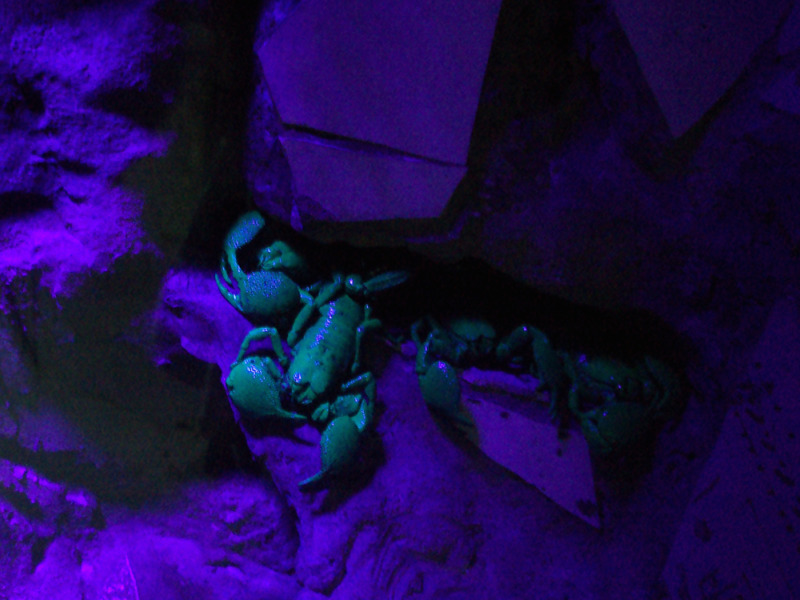
I don't love the emperor scorpion. I just chose it randomly because we had to pick an invertebrate. At first I thought it was scary/dangerous but then I found out it's a panzy :)

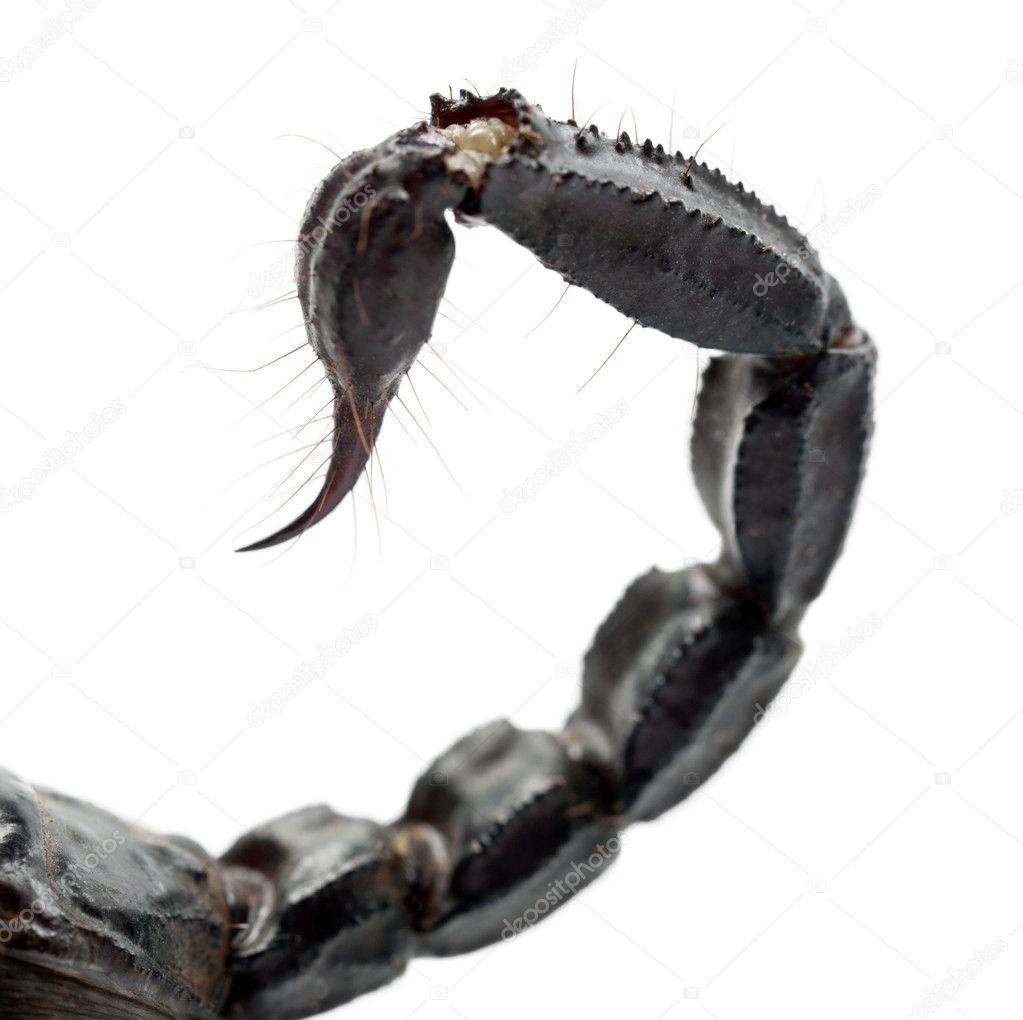
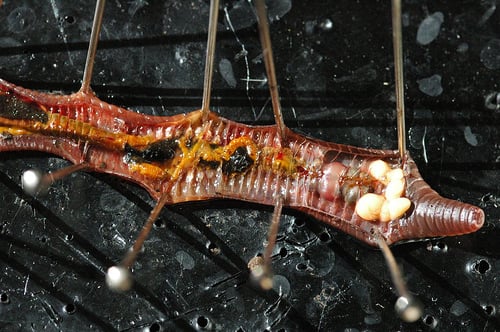














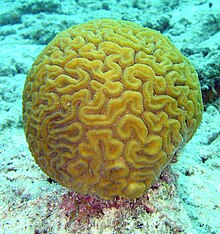


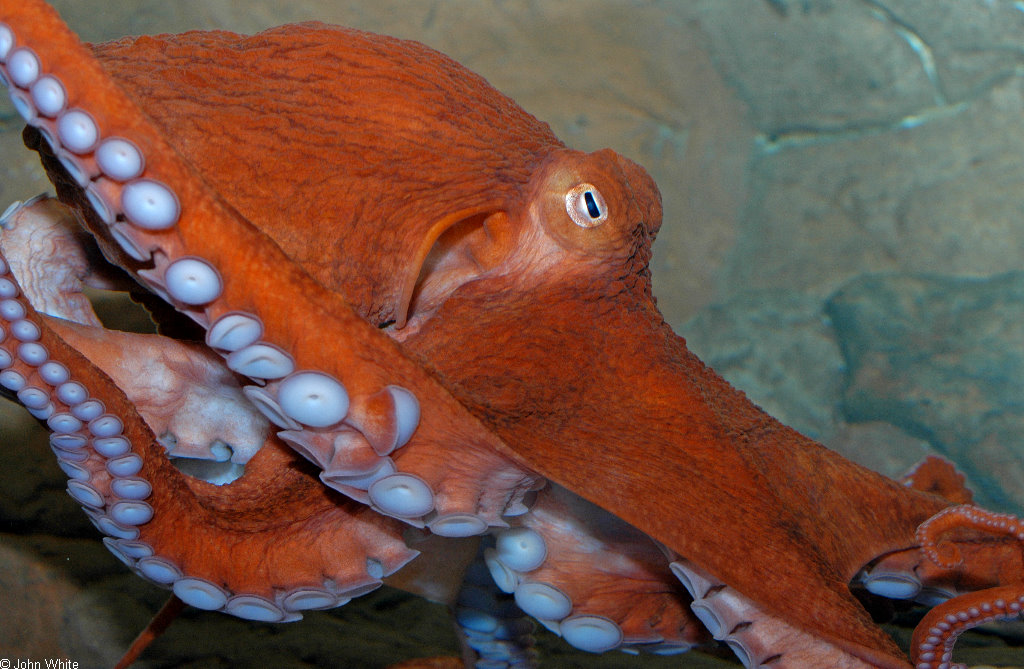

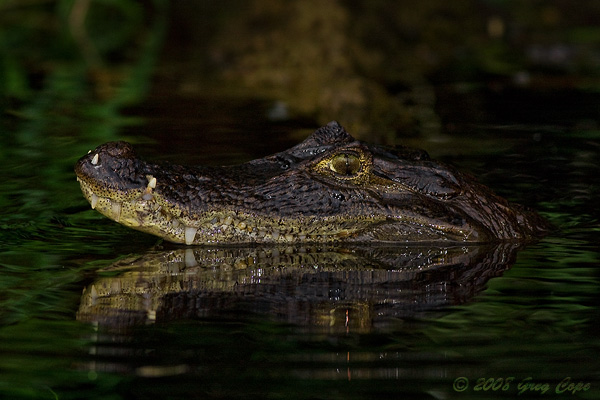




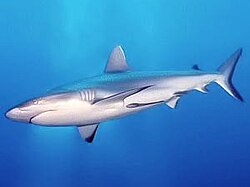



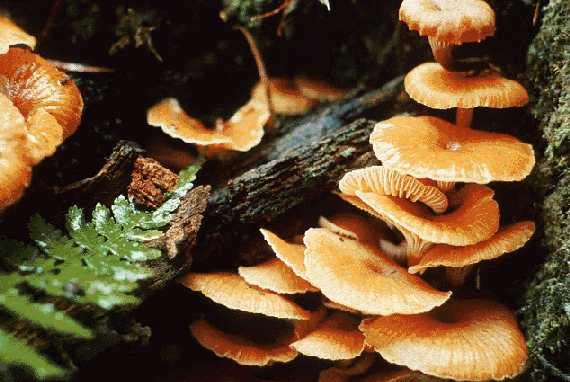


.jpg)



